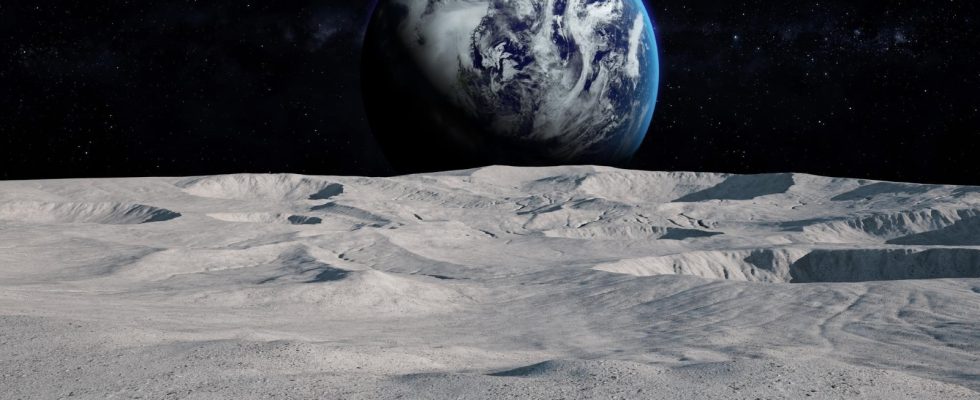Ritual It is planned to be our next frontier. Artemis 3 by the end of 2025 when it (temporarily) takes off, Apollo It will be the first mission to land humans on our satellite since the 1960s. By then, there may be a new way to navigate the gray dust of the Moon. This could at least reduce the damage caused by sharp particles of lunar regolith. How will the road to the moon be built?
Building a path from Earth to the Moon with a laser
ESA PAVER An international research team with the project has found a way to melt the lunar surface (or at least a stimulus developed by ESA) with lasers. Researchers fired laser beams at lunar soil to create interlocking pavers that could be used to build paved roads and landing pads.
The hardened molten regolith is strong enough to withstand the weight of rovers and other spacecraft with minimal dust emissions, and all of this can be done on the Moon. “This technology is predicted to play an important role in the initial phase (survival) of lunar infrastructure and base development, and over time will contribute to all phases of lunar exploration,” the researchers recently told Scientific Reports.
There’s a reason why moon dust is a nuisance to lunar spacecraft and astronauts. On Earth, rock, glass, and other materials in soil are constantly subjected to weathering forces such as wind, rain, and flowing water, which is why the edges of sand grains are often smooth.
Lunar regolith is virtually unweatherable due to wind and lack of fluid. Any spacecraft landing on or passing through the Moon is at risk from dust because unweathered rock and glass fragments can easily scratch precision instruments and corrode surfaces. The low gravity on the Moon also means that messy bits keep flying around and getting into everything.
Scientists admit that progress is still needed in this research. A lens used to concentrate sunlight could replace a laser on the Moon, so this needs to be tested. Still, these tests are worth pursuing, as only a few pieces of lightweight equipment are needed to perform these tests on the Moon. It might even be possible for the first crew to get there in time since Apollo 17 walked on the Moon again.
So what do you think about this issue? You can share your thoughts with us in the comments section.

